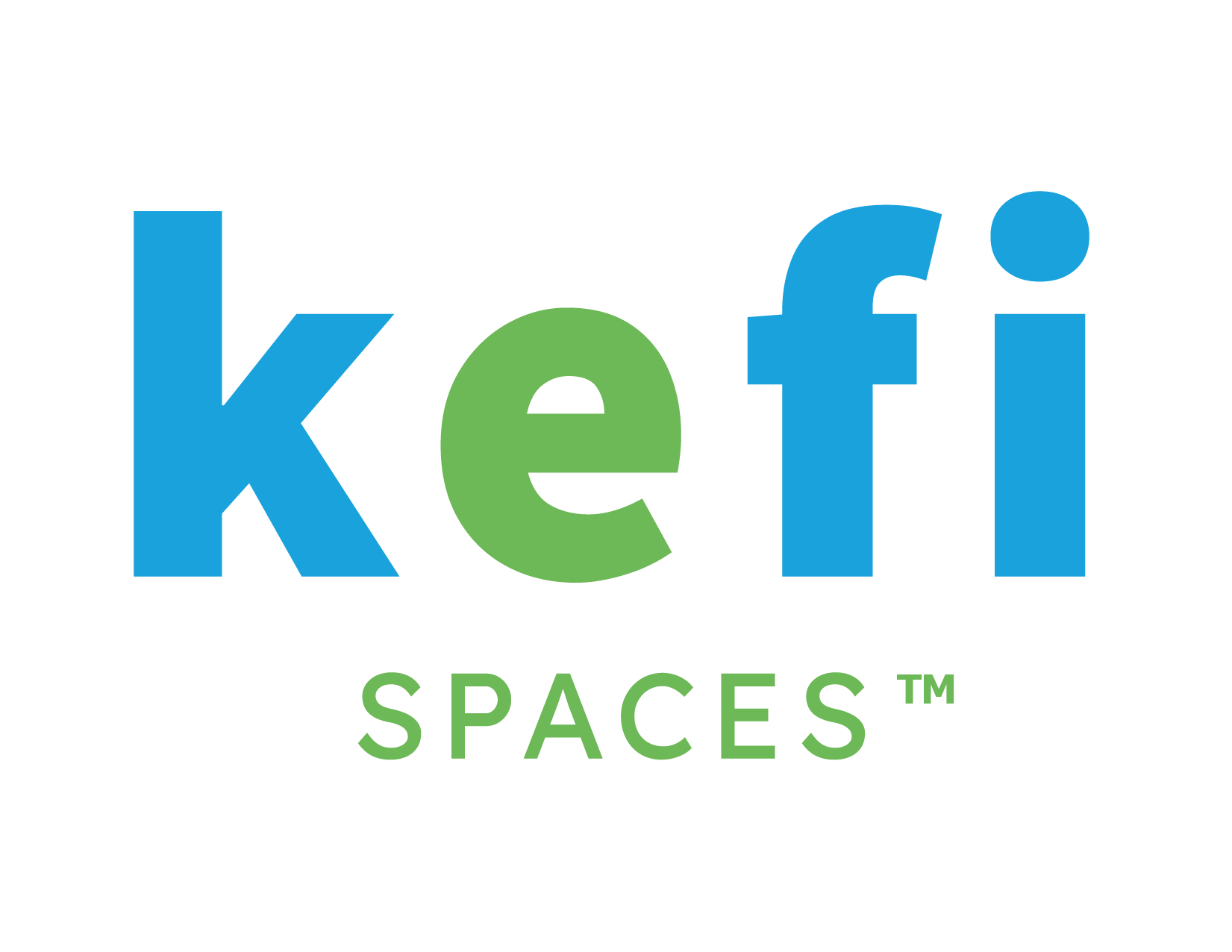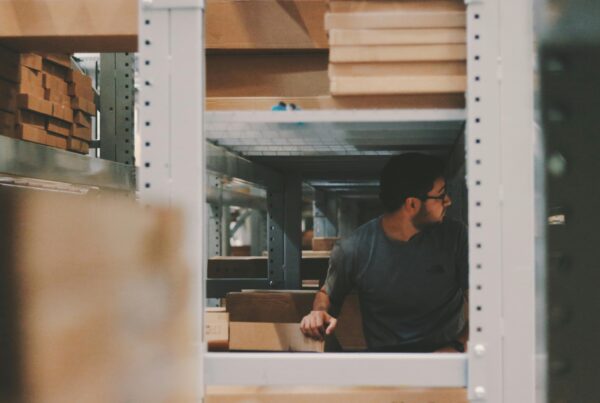Scale your space specifically to your unique needs, on your terms, at your own pace.
- Zoning system. Used to find the ideal location of certain materials in the warehouse, and lets you reorganize the ones that are deemed necessary.
Although it is not advisable to change the placement of the products very often, it is advisable to do so when you notice efficiency has gone down; when changing placement, we may improve the efficiency of our work. To do this, we must be clear about the following aspects:
- The zones allow cargo to be received
- Types of goods stored.
- Recurrent use of individual products
- How much space do they occupy?
- Which is the right place for each product?
- How will this impact product mobility?
This information will allow us to find the best alternative to ensure the maximum productivity of your warehouse.
- Conduct inventory on an ongoing basis; control of everything in the warehouse is key. It will help you identify excess inventory and materials that are showing signs of deterioration.
- The importance of cleanliness is one of the biggest issues. It seems very obvious, and you may think we don’t have to mention it, but you would be surprised to know the number of companies that are lacking in this aspect.
Many times, the constant movement of products makes it difficult to give your space the due diligence to an aspect as fundamental as this. By not doing so, you end up with a messy warehouse and misplaced items.
- Provide space for ‘eventualities’. While it’s true that with the right technology, like ERP or fleet management software, you should minimize and fix them faster, you won’t be able to prevent them from arising. We are talking about excess stock, material that is ahead of delivery, etc.
In these cases, to facilitate mobility and keep your warehouse tidy, we recommend setting up a space for unforeseen events. This area will serve to store all the unforeseen or pending products to be categorized, although it should only be used when necessary; otherwise, the material will accumulate and will not be of any use.
- Split material by category. This will make it take less time to search for documents or materials. You can do it according to the type of material, its size, or the frequency of use. Use the criteria that help you organize the most. Doing so will make your work much easier, and your warehouse will have a more organized appearance.
Keep in mind that it is also advisable to identify these categories or sections, so they are easily visible to your staff, and that the reorganization of your warehouse is not tedious.
- Arrange vertically. Space in a warehouse is limited. This often makes it difficult for us to locate new materials or not have enough space in case of unforeseen events. To solve this problem, we recommend that you use tall shelves that allow you to take advantage of vertical space.
Place the least used material on top. This way, you will optimize the space of your warehouse, and it will be much cleaner and more organized.
- Take advantage of technology. Taking advantage of technology makes the difference in doing things well or doing them optimally. Fleet management platforms will provide you with much more information, streamline processes and management, and avoid having more objects than are essential.
Of course, keep in mind technology doesn’t prevent being messy. Empty your email inbox regularly, don’t duplicate files unnecessarily, and create folders to find files faster.








